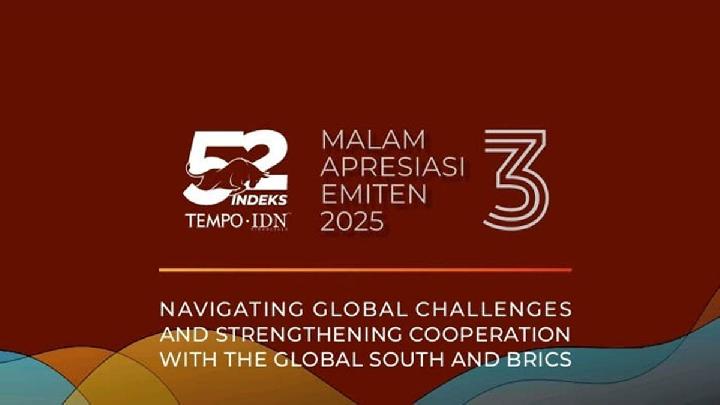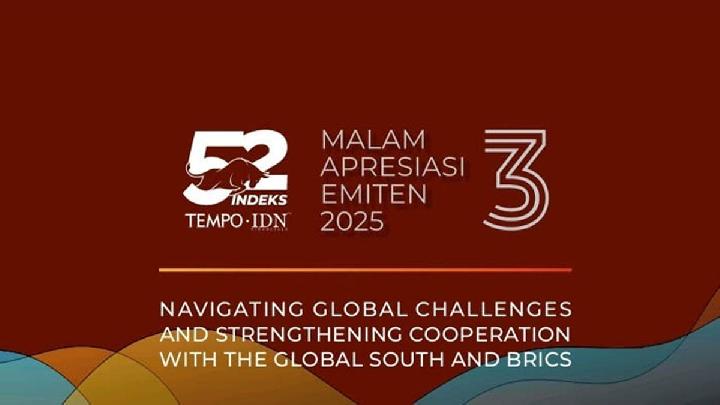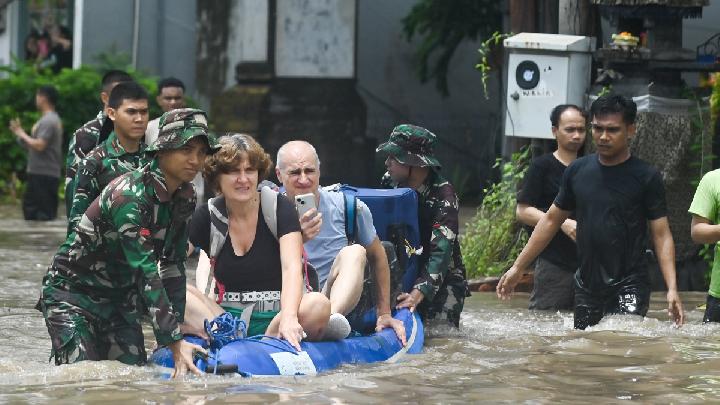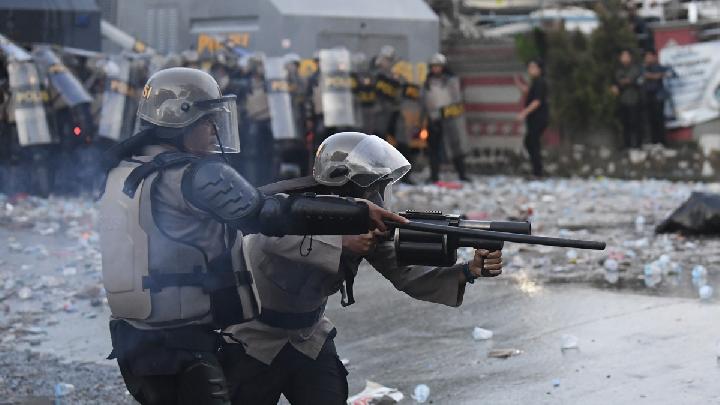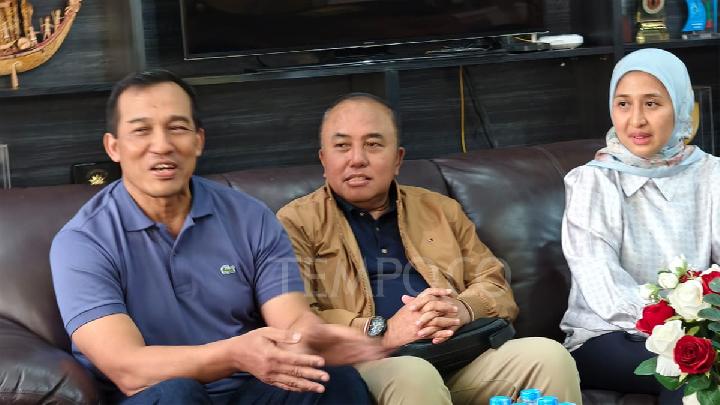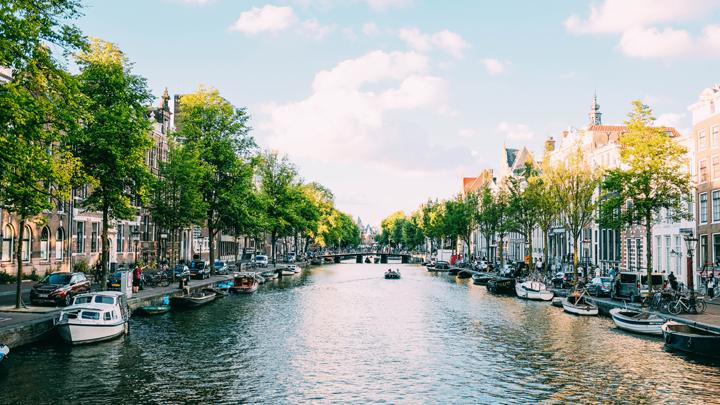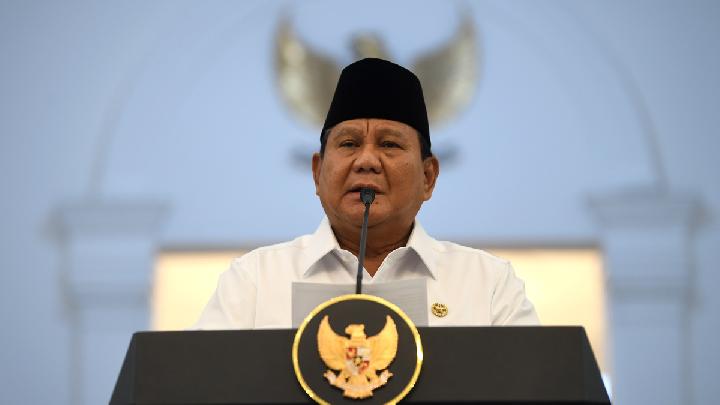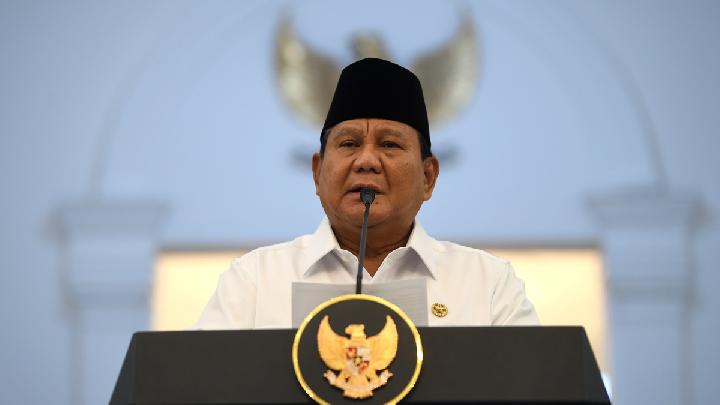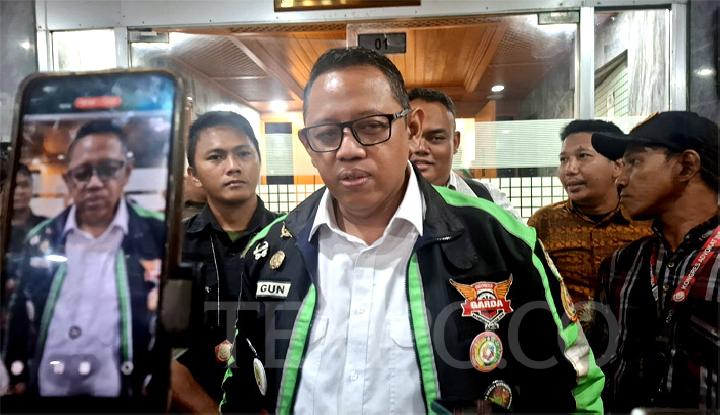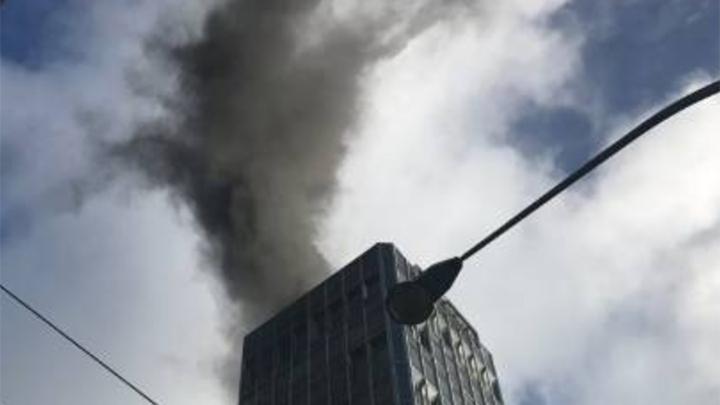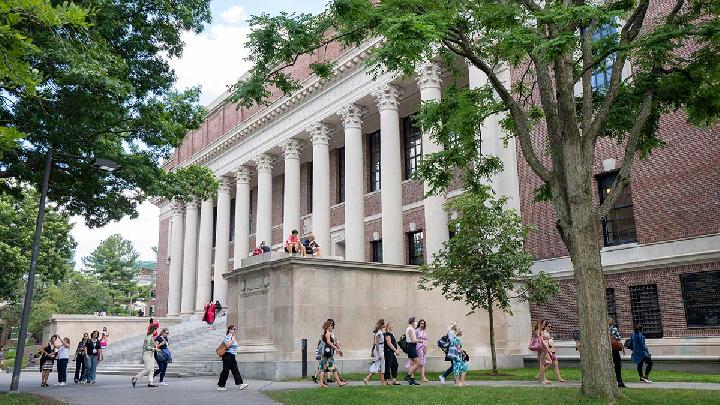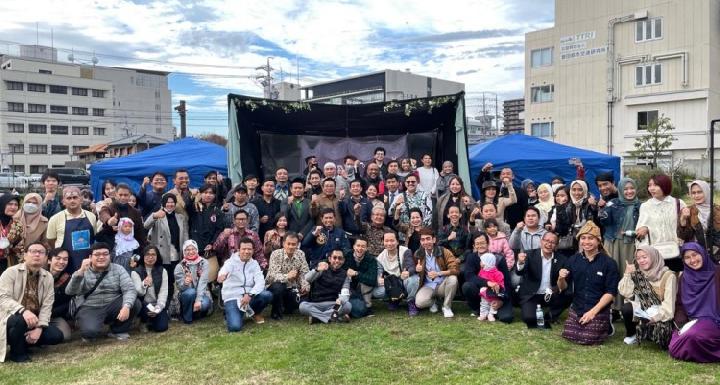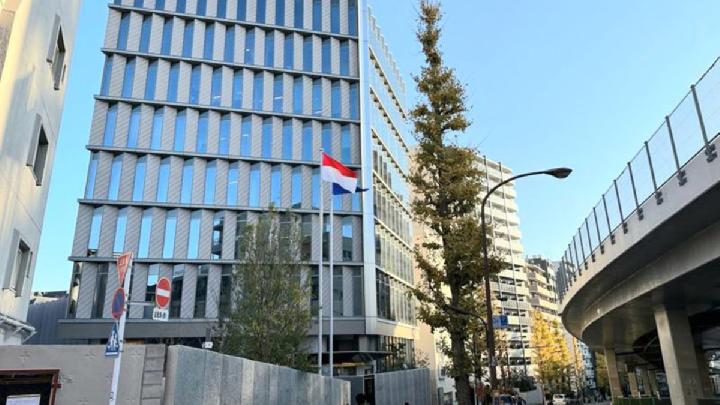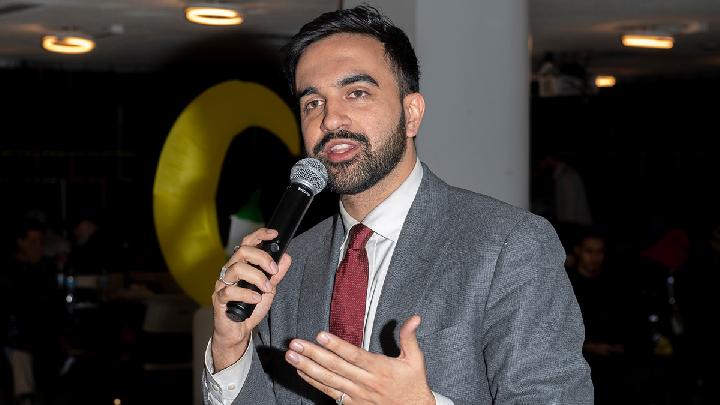TEMPO.CO, Jakarta - The Indonesian government officially abolishes the motor vehicle ownership transfer fee (BBNKB) in Indonesia. This provides special benefits for taxpayers who buy used cars or motorcycles.
This regulation refers to Article 12 paragraph (1) of Law Number 1 of 2022 concerning Financial Relations between the Central Government and Regional Governments (HKPD). In the provision, it is stated that BBNKB is only imposed for the first delivery of the vehicle, namely when the consumer buys a new vehicle directly from the dealer.
Previously, the Jakarta Provincial Government had abolished the motor vehicle transfer fee for used vehicles (BBNKB II), as stipulated in Regional Regulation (Perda) of DKI Jakarta Number 1 of 2024 concerning Local Taxes and Regional Levies.
In Article 155, it is explained that the provisions regarding BBNKB in this Regional Regulation will take effect three years after January 5, 2022, which means the abolition of BBNKB II will only be effective starting on January 5, 2025.
Meanwhile, Article 10 paragraph 1 states that the BBNKB object includes the first delivery of motor vehicles that are required to be registered in the DKI Jakarta region in accordance with applicable laws and regulations.
As quoted from the Korlantas Polri website, at the National Samsat Development Team meeting consisting of the Korlantas Polri, the Directorate General of Regional Financial Development of the Ministry of Home Affairs, and PT. Jasa Raharja together with the Governor of DKI Jakarta Pramono Anung at the DKI Jakarta City Hall on Wednesday, April 23, 2025, the Director General of Regional Finance Agus Fatoni, stated that one of the policies to be implemented is the provision of incentives to taxpayers who dutifully pay vehicle taxes. Conversely, those who do not comply will not receive incentives.
"The Jakarta Provincial Government will provide incentives to people who are disciplined in paying taxes, but will not treat those who violate in the same way. This is a form of implementing the principle of justice," he said.
The purpose of abolishing this tax is to improve administrative order and ensure the accuracy of vehicle ownership data.
"Progressive taxes are being considered for removal to support order, well-organized administration, and law enforcement. Thus, the owner's name listed in the vehicle documents truly reflects the actual owner," said Agus Fatoni.
Agus Fatoni also urged the public to immediately process the transfer of vehicle ownership to match the actual owner's identity.
"The hope is that vehicle owners will promptly transfer ownership to match their own names and not procrastinate. In various regions, BBNKB II has been abolished, but vehicle taxes still have to be paid in accordance with ownership data," he said.
Document Requirements for Obtaining Free BBNKB
To carry out the process of transferring vehicle ownership, there are several documents that need to be prepared, such as the new owner's identity card or KTP along with a photocopy, the original and a copy of the vehicle registration certificate (BPKB), a purchase receipt for the used vehicle affixed with a Rp10,000 stamp and signed by the seller and the buyer, the original and a copy of the vehicle registration certificate (STNK), and the results of the physical examination of the vehicle obtained from the Samsat office.
Once all these documents are complete, the applicant can go directly to the Samsat office where the vehicle is registered to start the transfer process.
The first stage is carried out at the Samsat according to the original vehicle registration area. There, the applicant will undergo a physical inspection of the vehicle, which includes checking the chassis number and engine number, followed by the transfer registration, filling out forms, and submitting the documents to the officer. After that, the applicant will receive the vehicle archive document as a requirement for the next process.
The next step is carried out at the Samsat office according to the new owner's address. At this stage, the vehicle will be physically rechecked, and all the documents brought from the previous Samsat will be submitted. Subsequently, the process continues to the BPKB mutation counter, filling out forms, attaching a copy of the identity card, and paying the mutation fee.
The applicant will also receive an online BPKB invoice, which needs to be kept as proof of payment.
After that, the payment for the issuance of the vehicle registration certificate (STNK) is made, and the proof of payment is submitted at the online BPKB counter along with a copy of the vehicle registration certificate (STNK).
Finally, the applicant can go to the license plate counter to receive the new vehicle plate. After all the procedures are completed, the applicant will receive a new STNK and BPKB in the name and address of the current vehicle owner.
Dicky Kurniawan contributed to the writing of this article.
Editor's Choice: Vehicle Registration Certificate Extension Requires Emissions Test Result, Transportation Minister Says
Click here to get the latest news updates from Tempo on Google News

